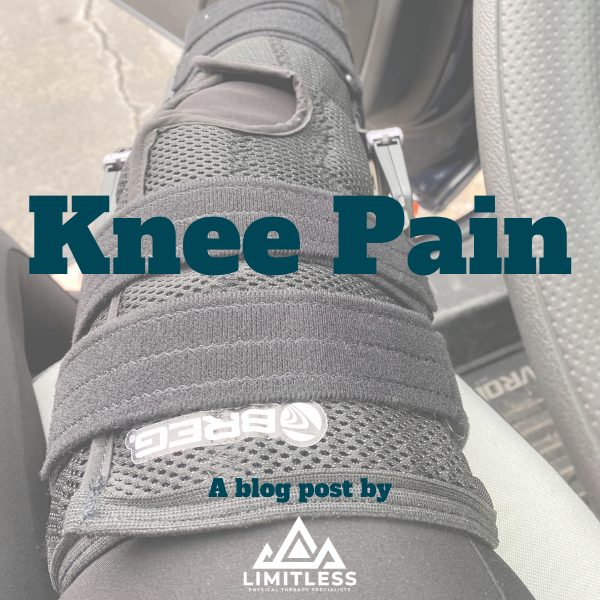A shoulder, elbow, or wrist injury can develop from a number of causes, such as lifting heavy materials or performing repetitive reaching motions. There are several culprits that can result in upper extremity pain, such as manual labor jobs or physically demanding work around the house. This can include common tasks that you may not have even considered, such as cleaning the gutters, mowing the grass, or hanging up wet clothes.
Athletes are also at risk if they participate in rigorous activities, such as weightlifting, swimming, or tennis. The active movements associated with sports and laborious work are undoubtedly important factors to keep in mind; however, passive movements can also be contributing factors to an injury. Continuous poor posture and improper positioning of the shoulders can make your scapula (shoulder blade) much more vulnerable to pain and rotator cuff injuries.
Knowing the warning signs:
It is natural to experience an occasional ache or pain from overexertion. However, it is when the pain becomes chronic or unbearable that the condition becomes serious. Chronic pain can be defined as any pain persisting for longer than three months – if you notice a lingering pain that won’t go away despite your best efforts, it is important to seek help.
There are some additional symptoms to consider that may also be telling signs that treatment is needed, such as:
- Sharp or stinging pains.
- Uncomfortable “clicking” sounds with movement.
- Dull pain that runs alongside your arm.
- Sudden arm weakness.
If you notice any of these symptoms, it is important to contact a physical therapist for treatment, as these may all be signs of shoulder misalignment.
Shoulder, elbow, and wrist injuries are especially common as a result of workplace injury and overuse. While it is sometimes possible to take action to prevent an injury from developing, it is especially important to be able to recognize when an injury develops and to understand ways that you can combat that injury by identifying what may have caused the pain to develop in the first place.
Common issues that can lead to shoulder, wrist and elbow pain include:
- Issues with poor posture.
- Carpal tunnel syndrome, which can develop from overuse of the wrist and regular, repetitive motions, such as typing.
- Heavy lifting.
- Athletic injuries.
- Muscle sprain.
- Muscle strain.
- Dislocation or hyperextension of the joints.
Taking preventative measures:
Medical attention and physical therapy treatments can help with correcting an injury and providing relief, but taking preventative measures on your own is a crucial step in avoiding further damage to the affected area.
Maintaining proper posture is one of the easiest ways to relieve unnecessary stress on your shoulders, whether you’re sitting at your desk, standing in line, or working out at the gym. Think of keeping your shoulders “up and back,” as the weight of your head and chest creates unnecessary pressure when they are hunched forward.
The way you position yourself before you go to sleep can also play a part in preventing pain or injury to the shoulders, elbows, and wrists. You should try to avoid any positions where your arm is over your head, or where your weight is pressing down on your shoulder, as these positions may lead to impingement over time.
Training your body:
At the end of the day, it is important to simply be mindful of the ways in which you are using your shoulders, elbows, and wrists. If your sport or work requires repetitive heavy lifting, reaching, or swinging, a physical therapist can help you determine the best techniques to allow for as little strain as possible.
A physical therapist can also help you strengthen your muscles in order to accommodate for your physically demanding lifestyle. This will help make frequent daily chores, as well as strenuous, repetitive motions, much easier. By doing some basic exercises just a few times a week, you can strengthen the range of muscles in your rotator cuff region. These include:
- Wall push-ups. These are essentially standing push-ups, where you push your body away from the wall instead of the ground.
- Chair push-ups. Much like wall push-ups, in this variation you push your body off a chair, instead of the ground. These are great for toning your shoulder muscles.
- Resistance bands. Resistance bands are inexpensive and great for rotator cuff strengthening. Try attaching them to a doorknob and pulling them toward you, holding for a few seconds with each repetition. By doing these in groups of five, 2-3 times a day, you will start to notice improvement in your shoulder strength.
If you are experiencing shoulder, elbow, or wrist pain (or you think you may be at risk for developing a shoulder injury), give our office a call today. At Limitless Physical Therapy in Victor, NY, we are dedicated to providing our patients with quality treatment plans and long-lasting relief. Confirm your appointment today and get started on the right track toward comfort and healing!






